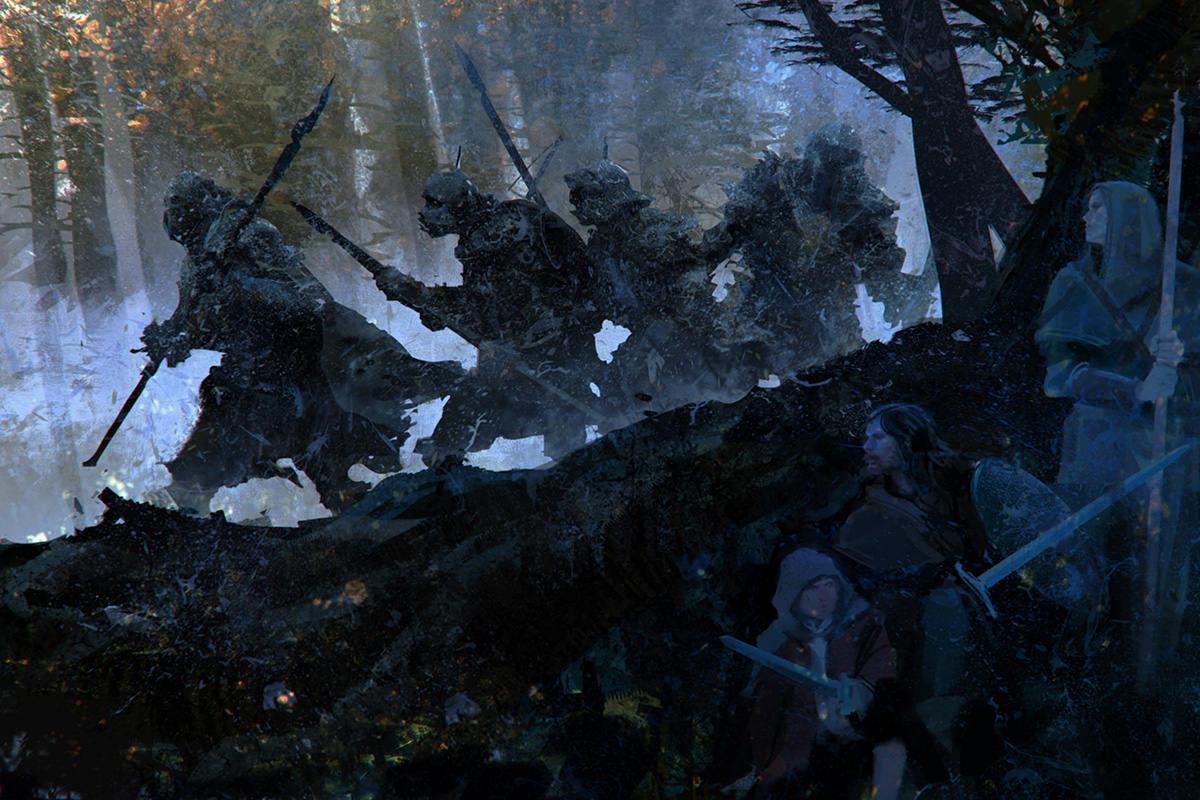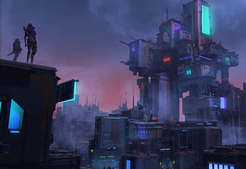 Those of us who patronize Dragon’s Lair have had the week to peruse D&D 5th edition Player’s Handbook. Here are some thoughts on a brief read-through:
Those of us who patronize Dragon’s Lair have had the week to peruse D&D 5th edition Player’s Handbook. Here are some thoughts on a brief read-through:
- Lots of art, and of many different styles. They’ve eschewed Pathfinder’s strong aesthetic homogony and instead embraced something of the early days, when artists of very different styles and media might be across the page from each other.
- It’s a big book, but it doesn’t feel like a big book. It’s divided into three sections: character creation, playing the game, and spells and magic. Adding to the small-book feel is…
- Excellent organization. It’s easy to find what you’re looking for. The layout is clean, the text is easy to read. The organization is easy to understand and it’s consistently carried through the entire book; once you figure out where the info you need is in the “cleric” entry, it’s easy to find in the “rogue” entry. And it’s got a four-page index. Easy, easy, easy. For a 300+ page book, this is a triumph of organization.
- You really did get the bulk of things in the Basic PDF. With dice-rolls plus stat modifier and the neat advantage/disadvantage mechanic, a DM can pretty much wing it through any difficulty that comes their way. That’s because…
- Things have been greatly simplified. The grappling rules are shorter than this article. Opportunity attacks only apply if something is attempting to move out of an attacker’s reach without using a Disengage action. That’s it. Whether or not this is a bug or a feature will entirely depend on your personal preferences. (It’ll be interesting to see how much this changes, if at all, with the Dungeon Master’s Guide.)
- We didn’t quite get the modular system Monte Cook was promising when he was involved in the project, but we got something like it. Feats are optional, but the Feats are now so chunky and easy to use I don’t see anyone but the strictest Old School purist not using them (and they’ll probably insist on playing the little brown books of the very first game anyway). On the other hand, if you really enjoy the complicated game-in-a-game that character creation can be in 3.x D&D/Pathfinder, you might find 5e a bit lacking.
- On the other-other hand (Just how many hands do we have here?!?) there are LOTS of options for character customization. Every class has at least two sub-classes (this is how they include both the thief and assassin in the game, as sub-classes of the rogue). Even some of the sub-classes have options to further differentiate them. The sub-classes are tailored to make sense for the classes they come from; paladins are divided by whether they’re lawful, neutral, or chaotic-good, while clerics are divided between which aspect of their god they most identify with (which means even clerics of the same god could play in very individual ways at the table). The three versions of the rogue (thief, assassin, and arcane trickster) are so different from one another in tone and abilities they would be completely different classes in other games.
- There are more than a few nods to popular entertainment of the last few years, like monks who wield the power of the four elements. There are also some clear shout-outs to the roots of D&D, including appendices about the geography of the multiverse and an inspirational reading list.
All in all, a very promising start. We still don’t have quite enough to run a campaign (there’s only a smattering of monsters listed in the back of the book and we still don’t have rules for awarding EXP). But we do have everything we need to see how D&D is going to play at the table. I look forward to hearing about people’s experiences with the game.



